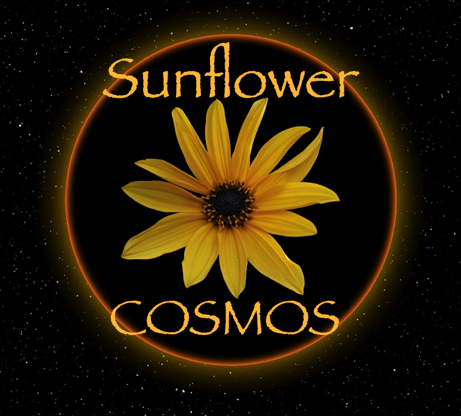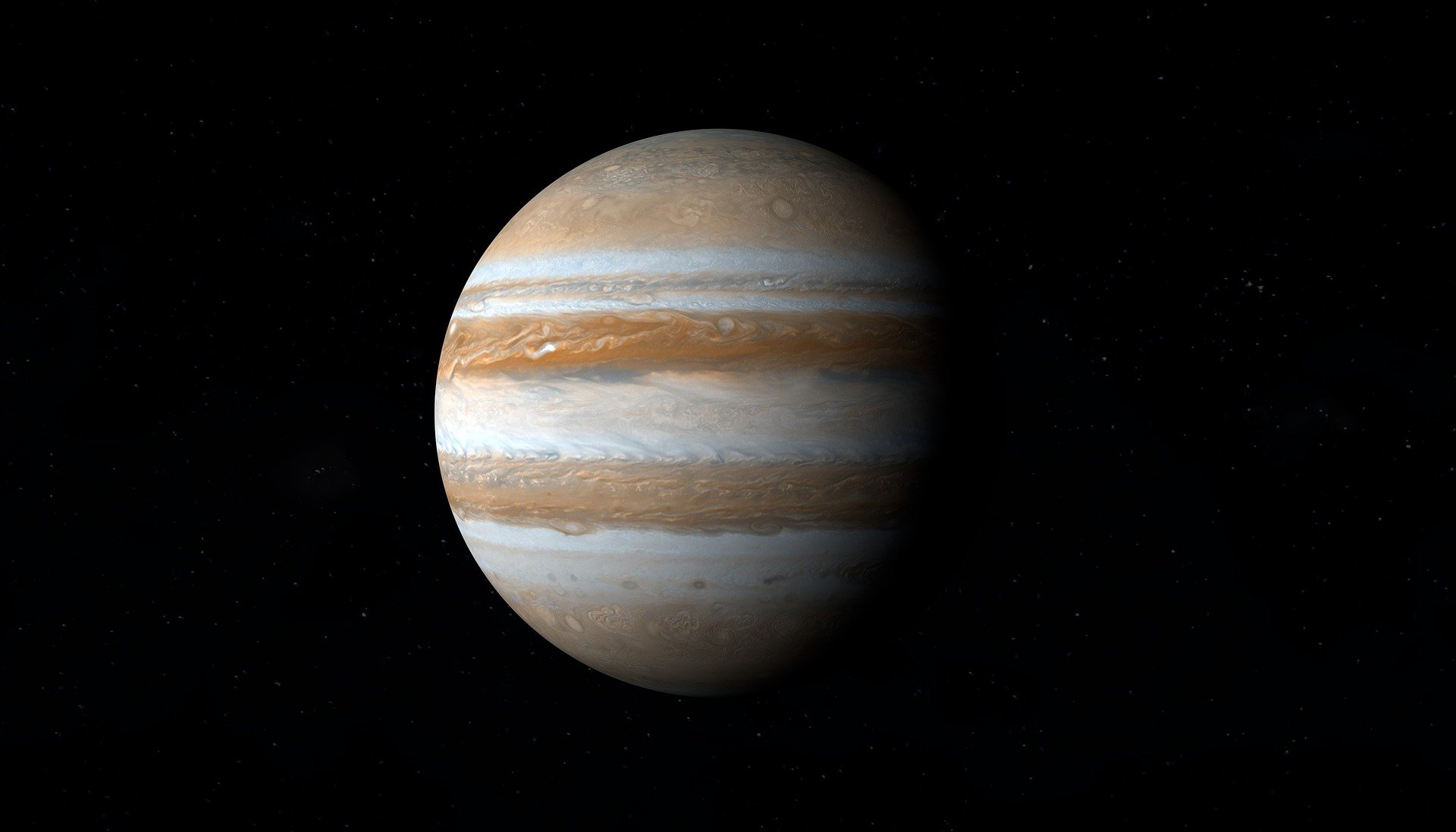The vedic cosmology is very inspiring to the emerging and experienced scientists and learners too. The cosmology and cosmography of vedic philosophy is great to introduce to those interested in the planets. Vedic texts are the ancient important texts. It is the doctrines shared with humans. It is as ancient as 3000 B.C. Upto today, Vedic text is the first ancient religious doctrine present on the earth. It mentions several planetary discoveries and understandings of modern astronomy. The things modern scientists discovered are already mentioned in these texts. This shows how advanced human intelligence was!
Ancient humans
It proves that humans had advanced the mysterious knowledge of astronomy. That too about thousands of years in advance. Today the modern civilization is gradually missing those texts and the quality knowledge they use to carry forward in generations. This article describes the planetary systems from top to bottom within innumerable universes of this material world. In the cosmic manifestation there are two separate worlds. One is the spiritual world and the other is the Material world. In the spiritual world the planetary systems are eternal and boundless. They are beyond materials and material universe.
They belong to the Super dimensional or anti material dimension. These eternal realms are beyond the material world and have limitations of material time and space. Eternal world is beyond human powers of perception and vision. There is no creation and destruction in this realm and there are unlimited planets. Such planets are indestructible and eternally existing. There are portrayals of these otherworldly planets in the vedic literary works, yet this article focuses on those inside the material universe.
Material world or universe is bound by the influence of material time and space. Material world is created at some point of time and will get destroyed at other points of time. Its creation and destruction is inevitable. The two energies like spiritual and material are of the same source called brahmajyoti. Brahmajyoti is known as the spiritual light. The 1/4th of the Spiritual light is covered by mahat-tattva. Mahat-tatva is the material energy. In material energy, there are unlimited material universes. Remaining 3/4th portion of the brahmajyoti is the eternal spiritual sky. Goloka dharma and Hari dharma are the two realms of the spiritual world. The material world has one domain called “Devi-dhama”.
About Goloka-dhama
Goloka-dhama is the highest planet and home of the Supreme Godhead Sri Radha-Krishna. Underneath this is Hari-dhama where the profound planets of the Vaikunthalokas are arranged. Underneath the Vaikuntha planets is “Mahesh-dhama”. It is called Sadasivaloka, or the dwelling place of Lord Shiva. This is the domain partitioning the otherworldly from the material universes. Beneath Mahesh-dhama is a Devi-dhama, the domain of the material universe. It is said that the frameworks of yoga offer various destinations. Bhakti yoga guides one toward entering Hari-dhama or Goloka-dhama. Jnana yoga guides the hopeful towards access to Mahesh dhama. And karma yoga guides one to stay in Devi-dhama. You get encountered with repeated birth and passing in the material universe.
The Planetary Systems of Devi-Dhama
In the Bhagavad-Gita we observe an explanation that there are three divisions of material planets in our universe. They are “urdhva-loka” (most elevated), “madhya-loka” (center), and “adho-loka” (lower). Over the urdhva-lokas are the covers of the material universe past which lie the everlasting domains of presence. Inside these three circles of presence are 14 primary planetary frameworks with various norms of life and term of presence. The inhabitants of the upper three frameworks have practically no sickness or maturing of the body, and they have pretty much no clue of dread. As the planetary frameworks progress, descending there is lesser duration of everyday routine and standard of experiencing. It is a more noteworthy indication of illness and uneasiness.
The 14 planetary frameworks are named as follows, from most elevated to least:
1) Satya-loka
2) Tapa-loka
3) Jana-loka
4) Mahar-loka
5) Svar-loka
6) Bhuvar-loka
7) Bhur-loka
8) Atala-loka
9) Vitala-loka
10) Sutala-loka
11) Talatala-loka
12) Mahatala-loka
13) Rasatala-loka
14) Patala-loka
About planetary frameworks
In one of the Vedic sacred texts called the “Hari-vamsa” there is a portrayal as follows: “Over the planetary frameworks where people live is the sky. Over the sky is the circling sun, which is the entry point of the superb planetary frameworks. This is the center of the universe where the planets are raised by incredible starknesses and retributions. The planets over these, up to Satya-loka, are the homes of those cutting-edge in profound information. This large number of planets are inside the material world. It is strongly influenced by Devi Goddess Durga and called as Devi-dhama.”
The expression “amara” (deathless) is frequently used to portray the occupants of the grand planets. As their range of life is incomprehensible to us. The fact is they live for a long period of time. According to the observations, none inside the material universes can live here endlessly. In Bhagavad-Gita there is given a portrayal for the life expectancy of those living on Satyaloka. One day is equivalent to 4,300,000,000 sun based years. On other eminent planets the day is considered to approach a half year within recent memory. And the night is equivalent to a half year on the planet. These spirits live in their bodies for 10 million of their years.
Time length like day, night, months, and years are different in various planetary frameworks. There are various sorts of people, creatures, trees, and vegetation. A portion of the planets that are apparent to us are viewed as wonderful planets with various timings. Jupiter, Venus, and the Moon are instances of planets where one day is equivalent to a half year on the planet.
This is just the brief information of How and what Vedic cosmology talks about the Universe.

